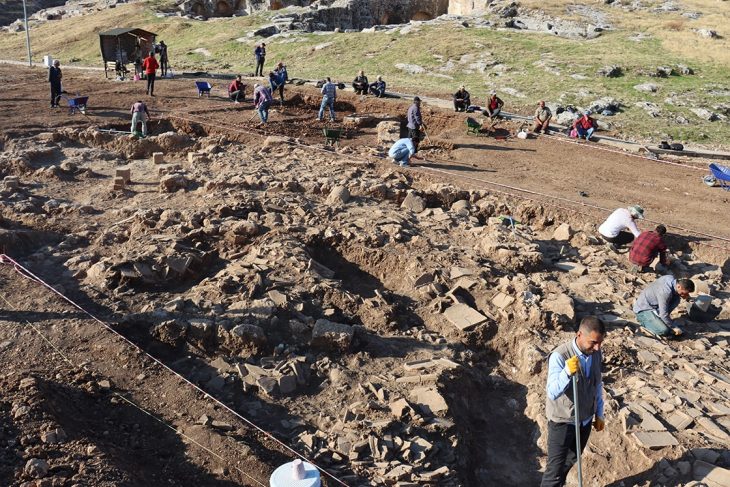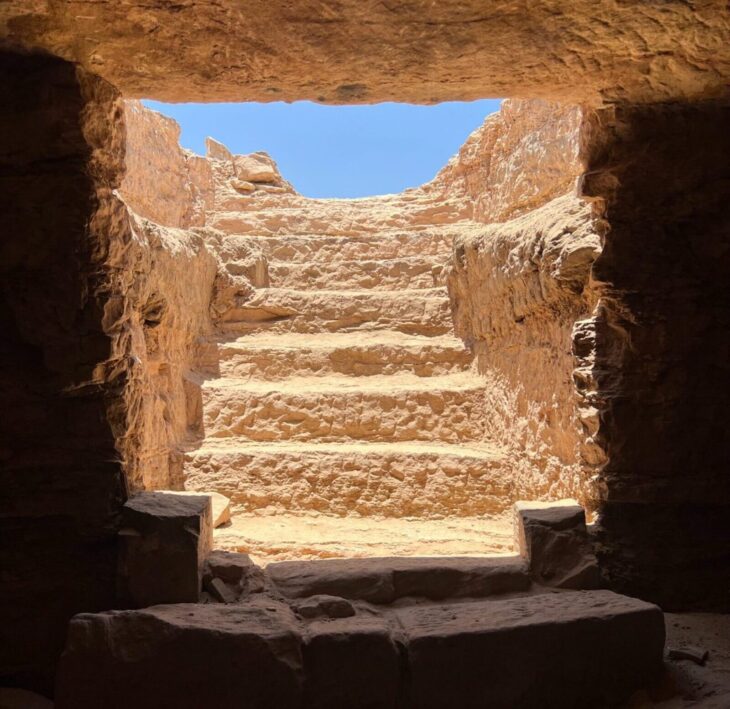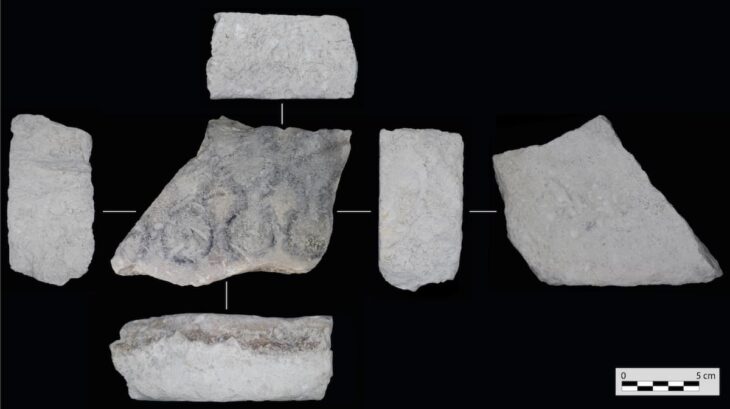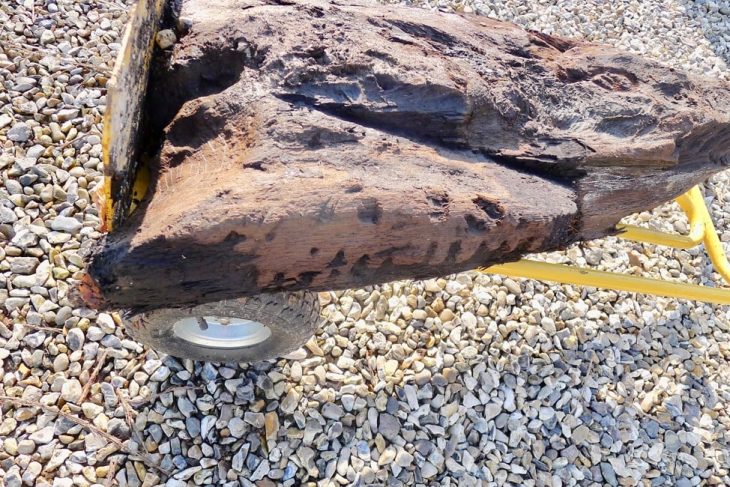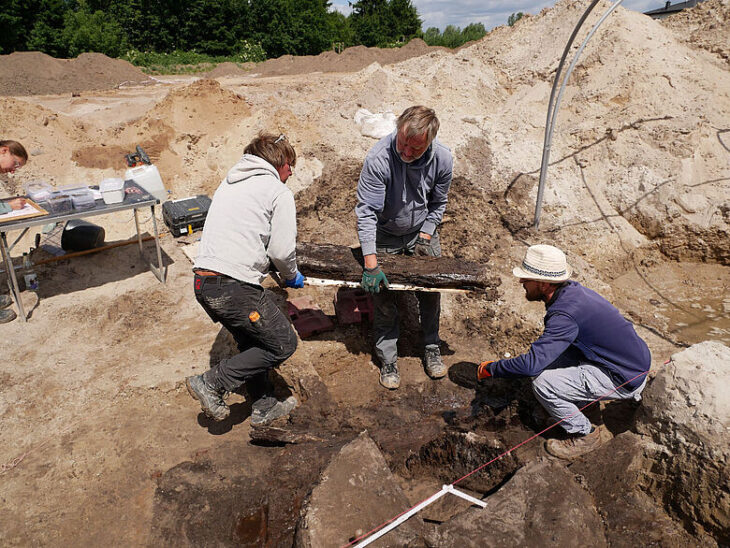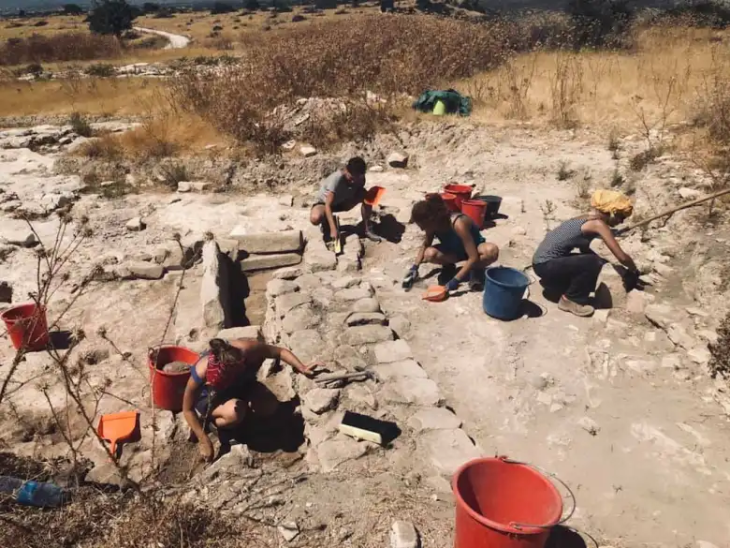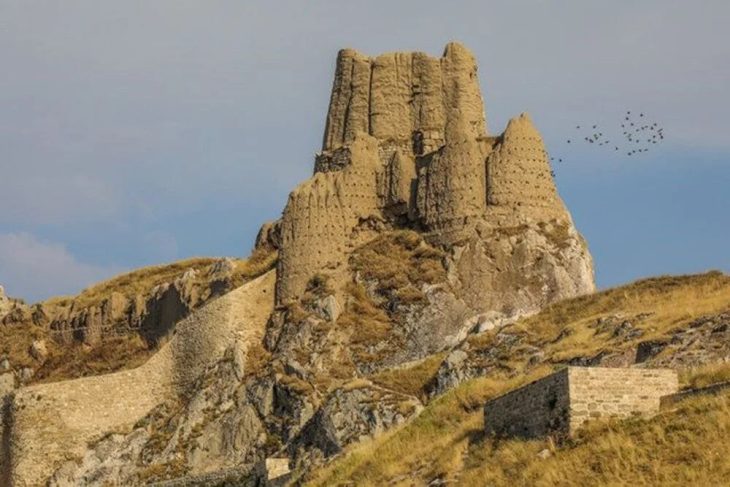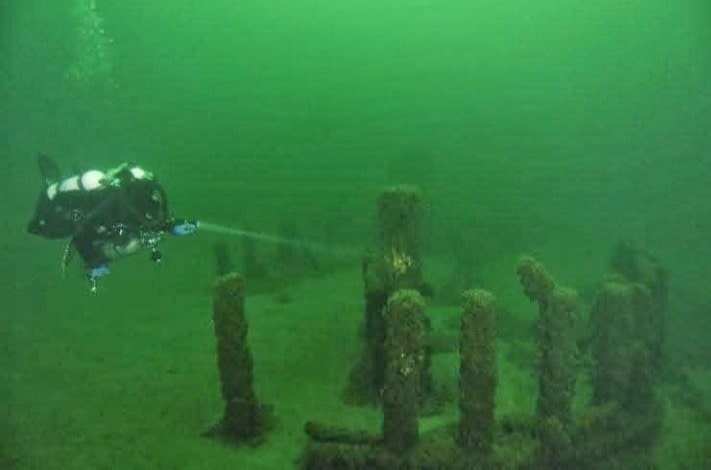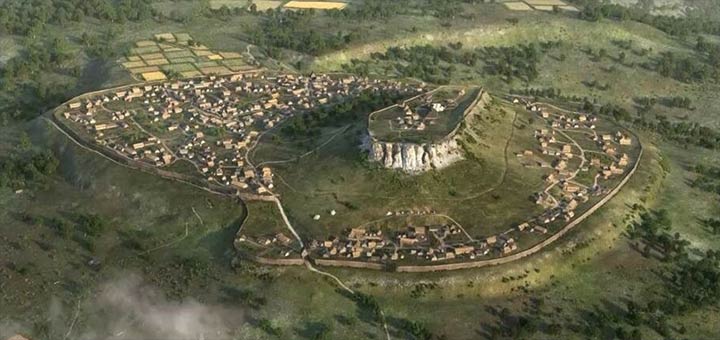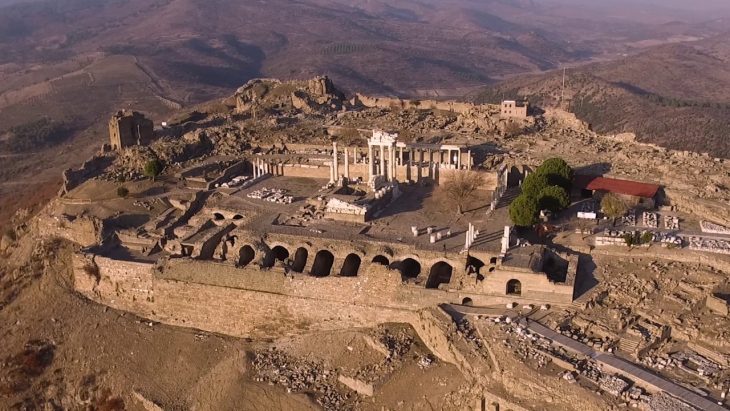Archaeologists in northern England have unearthed what could be one of the most significant prehistoric discoveries in the Greater Manchester region — a 4,000-year-old Bronze Age cemetery that may rest upon the remains of an even older Neolithic henge. The remarkable find, located on farmland near the outskirts of Wigan, offers a new glimpse into the deep history of ancient Britain.
Bronze Age Cemetery Revealed Beneath Farmland
Members of the Wigan Archaeological Society have spent the last four years meticulously excavating the site, uncovering numerous fragments of human bones and cremation urns. These remains are believed to have come from funeral pyres — the Bronze Age form of cremation — where bones were not fully reduced to ash, leaving visible human fragments behind.
“When we first discovered the bones, we had to notify the police to ensure the remains weren’t modern,” explained Bill Aldridge, secretary of the Wigan Archaeological Society. “Once radiocarbon dating confirmed they were thousands of years old, we realized we were dealing with something truly extraordinary.”
Radiocarbon analysis performed by universities in Oxford, Belfast, and Edinburgh confirmed that the cremations date to the early Bronze Age, around 2,000–1,800 BCE. One particularly well-preserved urn was found still containing burned bone fragments, providing a direct link to ancient funerary rituals practiced in the region.

Traces of an Even Older Past
What makes this archaeological discovery especially intriguing is the shape of the site itself. Its oval form, encircled by a shallow ditch, hints at an earlier structure — possibly a Neolithic henge dating back over 5,000 years. Henges, circular or oval earthworks often used for ritual or ceremonial purposes, are rare in northwestern Britain, making this potential identification particularly significant.
📣 Our WhatsApp channel is now LIVE! Stay up-to-date with the latest news and updates, just click here to follow us on WhatsApp and never miss a thing!!
“The oval shape surrounded by an ancient ditch could suggest the site’s origins go back to the Stone Age,” Aldridge said. “If that’s the case, it would mean people were using this area for ritual activity thousands of years before the Bronze Age cemetery was created.”
Protecting a Precious Piece of Prehistory
To safeguard the location from looting or vandalism, the exact coordinates of the site remain undisclosed. The excavation is being conducted with support from local farmers and community volunteers — an approach that highlights the growing role of citizen archaeologists in uncovering Britain’s ancient heritage.
Founded in 1986, the Wigan Archaeological Society has a long history of investigating the region’s past, from Roman forts to industrial sites. Previous discoveries in Wigan’s town centre include the remains of a vast Roman bathhouse uncovered in 2005 and traces of a Roman fort found in 2008. These finds confirm Wigan’s long-standing importance as the Roman settlement of Coccium, a key location along the road between Manchester and Ribchester.

A Window into Ancient Britain
The newly uncovered cemetery, and its potential Neolithic foundation, extend Wigan’s timeline of human activity back thousands of years before the Roman era. The site paints a vivid picture of ancient communities who lived, died, and commemorated their dead long before written history began.
Archaeologists believe that studying the cremation urns, bone fragments, and soil samples could reveal more about the people who once inhabited this landscape — their rituals, diet, and relationship with the land. For the local community, the discovery has sparked both pride and curiosity, illuminating just how deep Wigan’s roots extend into the prehistoric past.
“This find changes how we see the area,” said Aldridge. “It shows that Wigan wasn’t just important during the Roman or Medieval periods — it’s been a place of meaning for people for thousands of years.”
As excavations continue, the Bronze Age cemetery and possible Neolithic henge in Wigan stand as a powerful reminder that beneath our modern towns and fields lie layers of forgotten history — waiting patiently to be rediscovered.
Cover Image Credit: Volunteers from the Wigan Archaeological Society excavate a 4,000-year-old Bronze Age cemetery near Aspull, Greater Manchester. Wigan Archaeological Society


